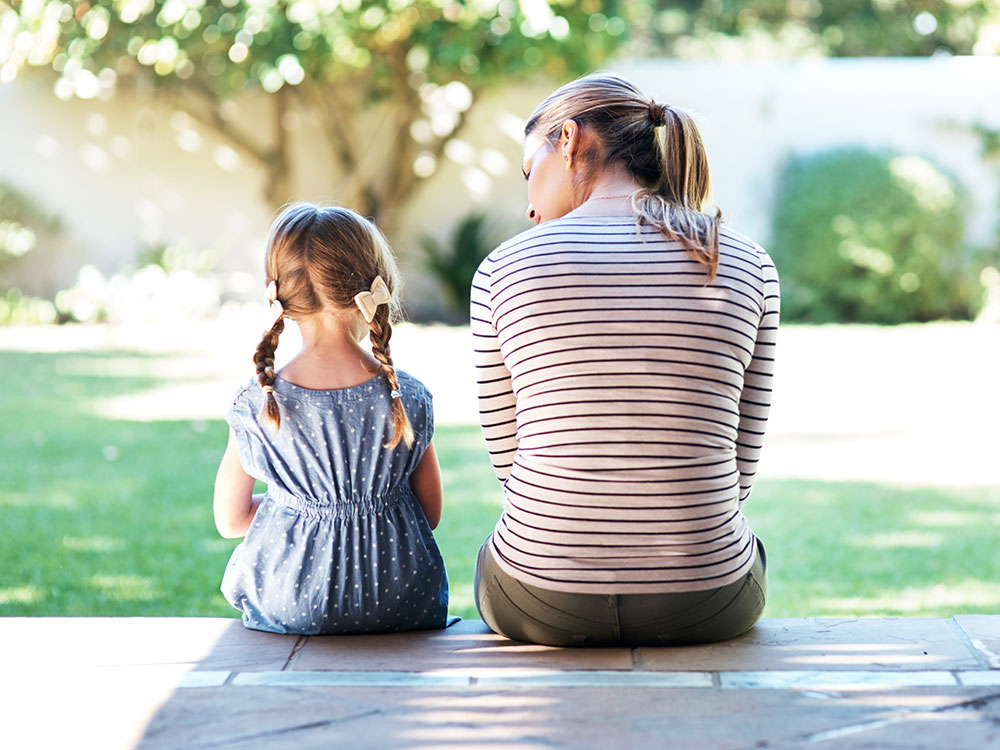In the second week of my internship, the professional educator team continues to create a dynamic and varied schedule for the children. For instance, the indoor clay play table changes frequently—from pink sand to white clay, and then to water play. The art table activities also rotate, starting with collages, then tracing on drawing boards, and later making cards. The timing of indoor and outdoor transitions varies each day, depending on the children’s energy levels (e.g., their mood—whether they are happy, or the volume of their play and chatter). Outdoor venues also change; occasionally, there are field trips, while the playground areas in the back are alternated randomly.
For example, today, the children started the morning playing in the infant-toddler zone because the group consists of relatively younger children, and they were very engaged there. Sometimes in the evening, when the whole center gathered outdoors, our class moved to another spacious area to play.
As I become more familiar with the children, I’ve started observing and learning how teachers communicate with them in specific situations. For instance:
When two children fight over a toy, the teacher helps them understand the concept of “first come, first served.” The child who got the toy first can say, “You can play when I am done.” The child who is waiting can say, “Can I play when you’re done?”
When a child encounters a challenge and gets emotional, the teacher approaches and encourages them with phrases like, “It looks tricky. Do you want to try again together?”
When a child cooperates or shares proactively, the teacher offers immediate positive reinforcement. For example, “I saw you shared the tools with your friend. That’s very kind of you. Thank you, Kameel!”
When a child has a minor accident, the teacher checks on them promptly and offers comfort. For instance, “I saw you falling down. Are you OK? Do you want a hug?”
The picture is from google image.
